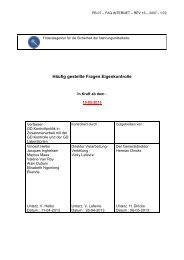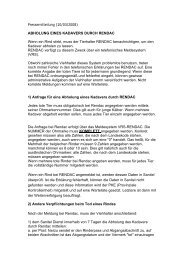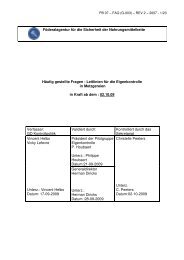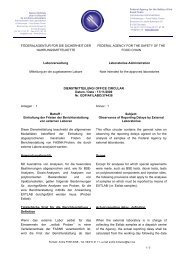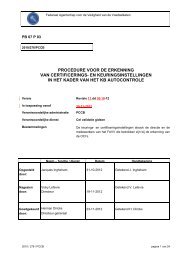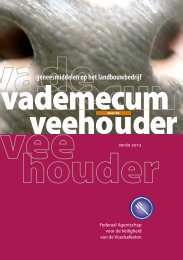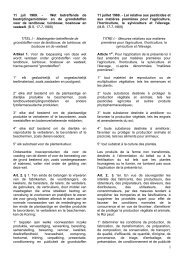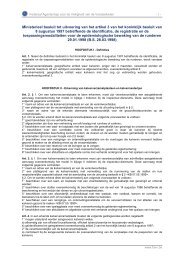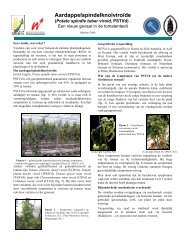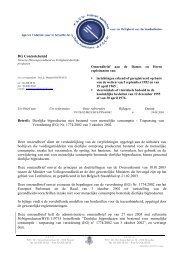AVIS 09-2010 Résumé Summary - Favv
AVIS 09-2010 Résumé Summary - Favv
AVIS 09-2010 Résumé Summary - Favv
Create successful ePaper yourself
Turn your PDF publications into a flip-book with our unique Google optimized e-Paper software.
coupled risk, as well as the gaps in the current knowledge are considered. Other aspects,<br />
such as occurrence and formation, toxicity, mitigation, etc. are briefly discussed in the annexe<br />
of this advice by means of scientific flash cards.<br />
Based on the available information following relative ranking is proposed:<br />
First priority: acrylamide, furan, 3-chloropropanediol (3-MCPD) and the 3-MCPD and<br />
glycidol esters;<br />
Second priority: benzene, 1,3-dichloropropanol (1,3-DCP), N-nitrosamines (NDMA),<br />
polyaromatic hydrocarbons (PAHs);<br />
Third priority: heterocyclic aromatic amines, ethyl carbamate, formaldehyde, semicarbazide,<br />
nitro-PAHs.<br />
The proposed ranking concerns only the presence of these contaminants in food. However,<br />
there might be different, and sometimes more important exposure pathways for the<br />
considered contaminants. In addition, it is noted that besides the carcinogenic and/or<br />
genotoxic effects, other potentially harmful properties of these contaminants could be relevant<br />
(e.g. endocrine disrupting properties).<br />
Mots-clés<br />
Cancérogène, génotoxique, contaminant chimique lié aux processus de transformation,<br />
acrylamide (AA), chloropropanols, esters de chloropropanol et de glycidol, carbamate<br />
d’éthyle, amines aromatiques hétérocycliques (AAH), hydrocarbures aromatiques<br />
polycycliques (HAP) et nitro-HAP, nitrosamines, semicarbazide (SEM), benzène, réaction de<br />
Maillard, oxydation des lipides<br />
2/32



